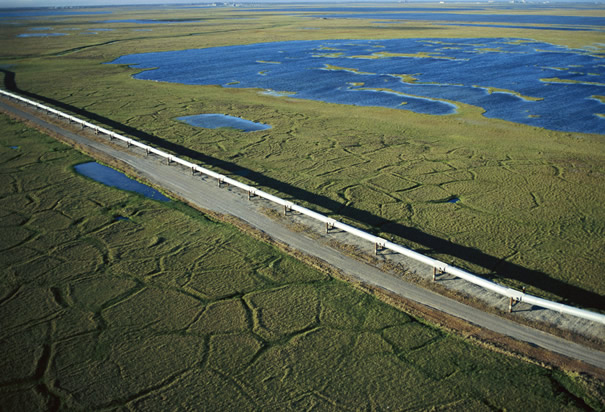How does water connect permafrost in Siberia, an arid town in eastern Utah, and nuclear power?
Climate Change! (cue conspiracy movie music)
Now, before you start envisioning me as a David
Duchovny-esque character, let me explain:
Way back in 2001, when I still had all the lyrics to Sting’s
Nothing Like The Sun album committed
to memory (yes, I had strange music tastes when I was younger), Three
researchers with the University of Delaware’s Permafrost
Research Group, Frederick Nelson, Oleg Anisimov, and Nikolay Shiklomanov, decided to compile a set of maps on permafrost and climate
change. Permafrost is, according to the National Oceanic and Atmospheric Administration (NOAA), “permanently frozen ground." This ground, typically some distance
below the surface has been frozen for potentially thousands of years.
 |
| The distribution of permafrost in the Northern Hemisphere |
Nations such as Russia have used permafrost ground as stable
earth for building towns and industrial facilities in Eastern Siberia. In the
United States, parts of the Trans-Alaska Pipeline system sit atop permafrost tundra.
 |
| Trans-Alaska Pipeline |
In recent decades, the permafrost in many northern locales
has begun to melt. Melting permafrost is a serious problem for buildings,
roads, etc. because of something earth scientists call subsidence. Think about
subsidence like a sinkhole, but over a very large stretch of land. The United States
Geological Survey (USGS) has a great page on subsidence and examples of it
in our everyday life. For the scientists in this study, the primary
issue of concern was what will happen
to the land on the coast and in the permafrost regions that are populated.
| Subsidence Risk Map from Author's Paper |
According to their model, subsidence could cause the
coastline along the Arctic Circle to erode, the land underneath pipelines in Russia and Alaska to sink, and cause major damage to buildings and other
infrastructure, such as Russia's Bilibino Nuclear Power Station - the northernmost nuclear power plant in the world.
| Bilibino Nuclear Power Plant (from PNNL Website) |
Here is where the Eastern Utah connection comes in.
Another major effect of temperature rise due to climate
change is that water resources will become more scarce then they already are,
especially for arid
regions of the world. In the American West, water especially that of the
Colorado River is already treated as liquid gold. To quote Frank Herbert,
“Water is Life,” and people
in the American West know it.
 |
| The Green River in Eastern Utah |
Along the Green River in Utah, a “energy infrastructure
company” named Blue Castle Holdings
is attempting to build the first ever commercial nuclear power plant in the
state of Utah:
To accomplish this, Blue Castle needs a large amount of
water to cool the non-radioactive systems in the power plant. Earlier this
year, the state of Utah approved
the necessary water rights to get the project on its way. Of the 4.4
million acre feet (only 1.4 trillion gallons) of water that flow through the Green River each year, Blue
Castle says they only need around 53,000 acre feet to
provide cooling to the proposed two-reactor, 3,000 Megawatt, power plant. Nonetheless,
environmental and anti-nuclear groups in Utah oppose the project, citing that
the state neither wants nor needs a nuclear energy plant that will draw
precious water from a major tributary of the Colorado River.
One issue that neither side has brought up is how will
climate change impact the availability of water to the power plant and
communities downstream of it? Water
rights in the American West are, at best, complex, and the presence of a very
large nuclear power plant will only complicate
a decades old problem.
 |
| Water Used By Thermoelectric (Coal, Nuclear, etc.) Power Plants Per Day |
Supporters of nuclear energy present the technology as a “carbon-free”
source of electricity that can help us meet our energy needs and combat climate
change. However, the relationship between nuclear power and climate change is
paradoxical: nuclear power plants today need lots of water to cool their power producing equipment, but this water is disappearing
in arid climates such as Utah because of climate change.
No comments:
Post a Comment